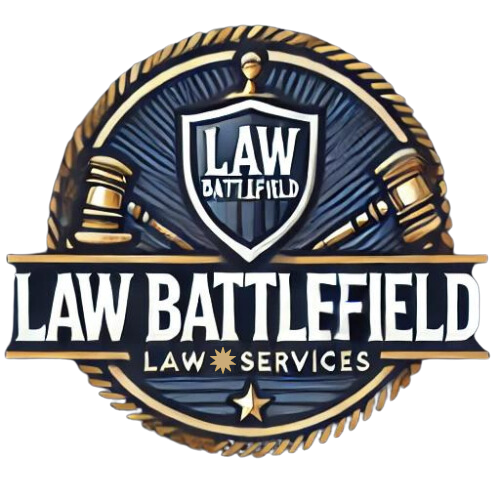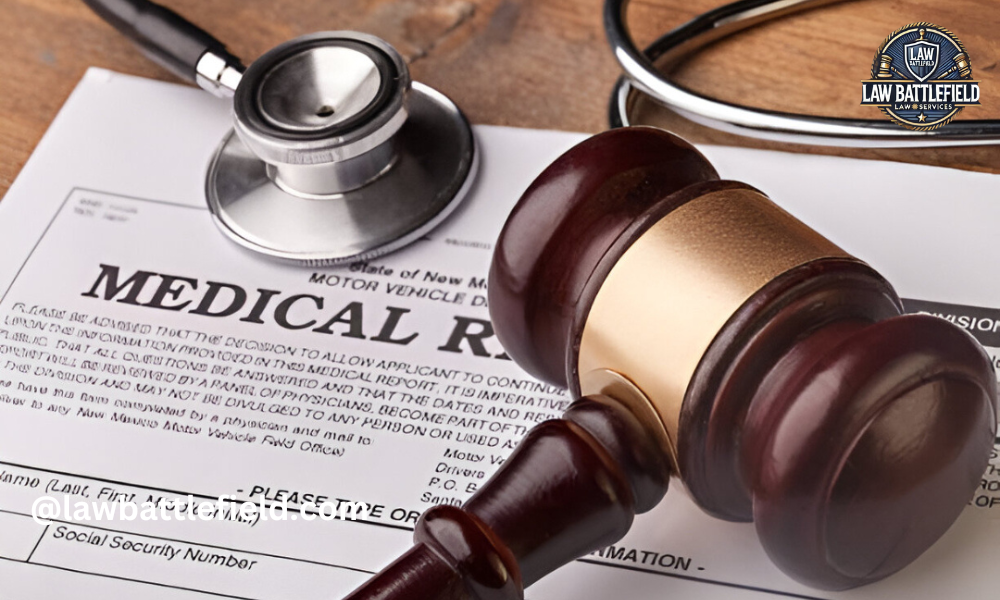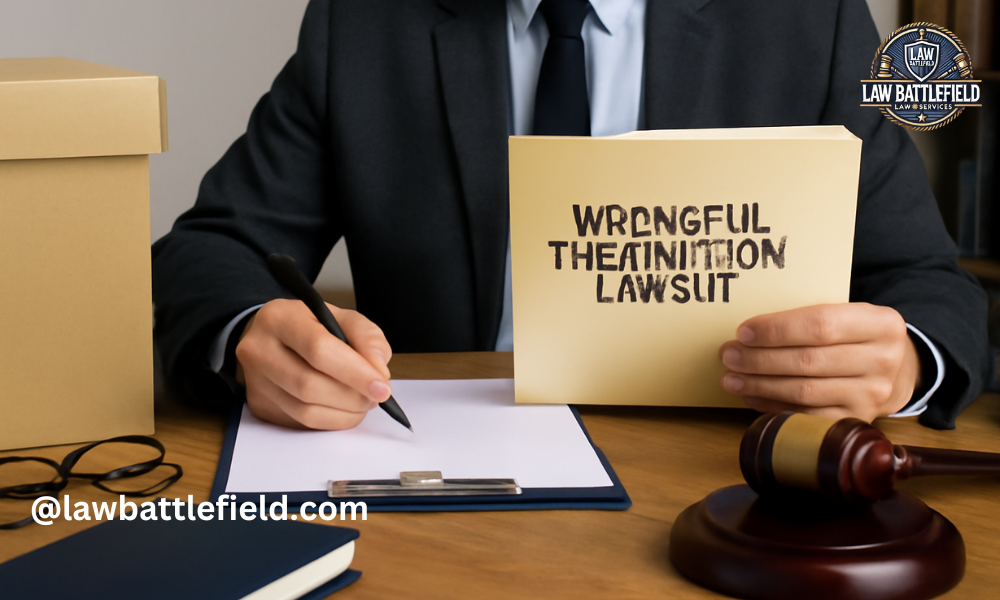In the intricate world of criminal defense, simply presenting evidence is insufficient – understanding its admissibility is paramount. Admissible evidence forms the backbone of legal arguments and can sway judicial decisions substantially. However, it does not suffice for evidence to exist; it must conform to legal and procedural criteria to ensure its relevance and credibility in court.
Employing the expertise of those familiar with legal nuances, such as a seasoned criminal lawyer in Volusia County, can be instrumental. They play a pivotal role in evaluating evidence admissibility, ensuring their preparation aligns meticulously with legal standards to fortify their client’s defense. Navigating the complexities of these requirements demands legal acumen and strategic insight.
The Importance Of Collection And Preservation
Successful criminal defense strategies hinge on the unassailable integrity of evidence. This necessitates rigorous and meticulous collection and preservation methodologies from the outset. Defense teams are entrusted with upholding the sanctity of evidence through scrupulous chain-of-custody processes and comprehensive documentation.
Any lapse or deviation could render crucial evidence inadmissible, undermining a well-founded defense. Aligning forensic evidence techniques with best practices and standards is vital. Such adherence solidifies the defense’s strategy and asserts the evidence’s credibility and significance in establishing a truthful and forthright narrative.
Types Of Evidence: Direct vs. Circumstantial
Evidence assumes varied forms in criminal defense contexts, with direct and circumstantial evidence claiming particular prominence. Direct evidence, which straightforwardly connects a defendant to an alleged crime, often manifests as eyewitness accounts or confessions.
On the contrary, circumstantial evidence requires jury inference, weaving an overarching storyline through a series of interconnected facts. Efficient utilization and presentation of both types can profoundly impact case outcomes, cultivating persuasive narratives and facilitating comprehensive defense strategies.
Direct Evidence
Direct evidence, frequently revered for its compelling nature, often provides a firsthand, unambiguous picture of the facts. Eyewitness testimonies and confessions serve as quintessential examples, vividly recounting the occurrence of alleged events without recourse to inference. Such evidence tends to be persuasive, often profoundly impacting the adjudication of guilt or innocence by furnishing clarity and immediacy to a court’s understanding of the events.
Circumstantial Evidence
Despite its indirect nature, circumstantial evidence proves pivotal by suggesting comprehensive narratives through pieced-together events. Although it requires more interpretive effort, it is no less potent in shaping case outcomes.
For instance, forensic evidence such as fingerprint analysis or surveillance footage might convey a compelling contextual framework that corroborates or refutes the alleged crime scenario while not explicitly indicating fault or innocence.
Leveraging Expert Testimony
The intellectual engagement of experts transcends mere presentation in courtrooms, shaping evidence perception fundamentally. Expert testimony encompasses various disciplines – from forensic science to psychological analysis – offering refined interpretations that dissect complex evidence aspects.
Experts elucidate and authenticate the presented evidence, often challenging or reinforcing perceptions significantly. As judicial matters increase in intricacy, expert involvement becomes mutually beneficial, reliably dismantling or supporting the prosecution’s narratives to pursue substantive truth.
The Role Of Technology In Evidence Presentation
Technological advancements have reshaped evidence presentation methodologies, offering innovative avenues for conveying compelling narratives fluently and effectively. Advanced tools such as simulation and data visualization breathe life into the cold, hard facts of the case, accentuating aspects more vividly than traditional expositions permit.
Creating multi-dimensional visual displays encourages juries to engage with content dynamically, fostering more muscular, precise, and persuasive defense narratives that simplify complex cases’ understanding and appreciation tremendously.
Recent Developments In Evidence Laws
Keeping pace with the latest developments in evidence laws is indispensable for defense attorneys aspiring to safeguard their clients’ rights comprehensively. Evolving legal landscapes continually redefine admissibility, establishing fresh defense avenues or barring previously permissible approaches.
Staying agile and adaptive to these changes empowers the defense to tactically leverage or mitigate evolving evidence structures, nurturing more innovative and ingenious defense approaches that resonate effectively within judicial circuits.
Was this article helpful? Check out more on Lawbattlefield.com
Why You Need A Criminal Defense Lawyer In Leesburg And Fairfax





